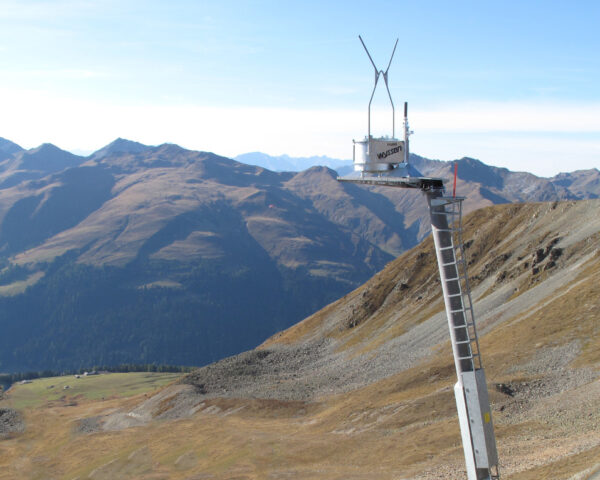Avalanche Protection Structures
We are proud to have completed some of the largest projects designing avalanche protection structures in the western hemisphere.
These include:
- Design and field layout of over 2000 m of snowpack supporting structures (avalanche fencing) to protect the Trans Canada highway in Rogers Pass.
- Design and field layout of 50 snowpack supporting structures at the large Romaine-4 hydroelectric dam site in Quebec.
- Avalanche impact and snow creep & glide design for what is widely regarded as the most exposed alpine transmission line in North America, at the Brucejack mine.
- Design and supervisory/evaluation services for over 10 large structures (bridges/viaducts) and the highest density of avalanche terrain on the TransCanada highway, as part of the Owners Engineering team for the Kicking Horse Canyon Phase 4 highway upgrade project (Province of BC).
Comprehensive Avalanche Protection Structures
Avalanche risk mitigation, often referred to as “avalanche protection” or “risk control,” involves various systems and techniques to reduce or eliminate avalanche risk – critical for worksites, exploration, survey, resource roads, energy corridors, and utilities. This can include both long-term and short-term measures, with interventions that may directly or indirectly address the avalanche hazard.
Long-Term Avalanche Protection Structures
Long-term measures can directly inhibit, constrain, or channel avalanche formation and flow:
- Snowpack Support Structures: Engineered rigid structures or nets designed to retain snow and prevent large avalanches by impeding fracture propagation in the snow. These are typically used in inhabited areas or sites with limited evacuation options.
- Snow Collection Fences: Walls or panels that create irregular wind patterns to force snow to accumulate in desired locations, breaking the continuity of slabs. These are effective where wind is a significant factor in avalanche formation.
- Protection Forests: Dense forests in starting zones can reduce avalanche frequency and magnitude. Reforestation of logged, burnt, or diseased zones may be integrated with engineered structures for a more permanent solution.
Measures Used Further Down the Avalanche Track and Runout Zone
In the track or runout zones, long-term measures include:
- Tunnels: These provide mitigation secondary to other design considerations like travel distances and grades.
- Snow Sheds (Galleries): Reinforced concrete roofs designed to carry snow over protected objects like railways and roads.
- Retarding Mounds and Breakers: Mounds that break up flowing snow into crosscurrents, dissipating kinetic energy. They are built in the lower runout zone where avalanches are already slowing down.
- Reinforced Concrete Walls: Designed to arrest or deflect avalanches, with common use of mechanically stabilized earth (MSE) walls.
- Diversion Dikes or Berms: Structures designed to divert avalanches. These can also be made by piling snow, though this provides short-term mitigation.
- Catchment Basins and Benches: Basins or depressions arrest avalanches in runout zones, while benches cut into slopes slow avalanches and facilitate mid-season deposit removal.
- Splitting Wedges: Designed to divert avalanches around structures such as transmission line towers.
- Catching Nets: These nets arrest small to medium avalanches, shortening the runout zone.
Reinforcement and Design of Structures
Structures exposed to avalanches, like transmission lines, ski lift towers, and buildings, can be reinforced and designed to minimize damage. This includes smoothing planar surfaces and reinforcing vulnerable areas like eaves and exposed sides.
Our integrated approach to avalanche protection structures ensures comprehensive safety for your infrastructure.
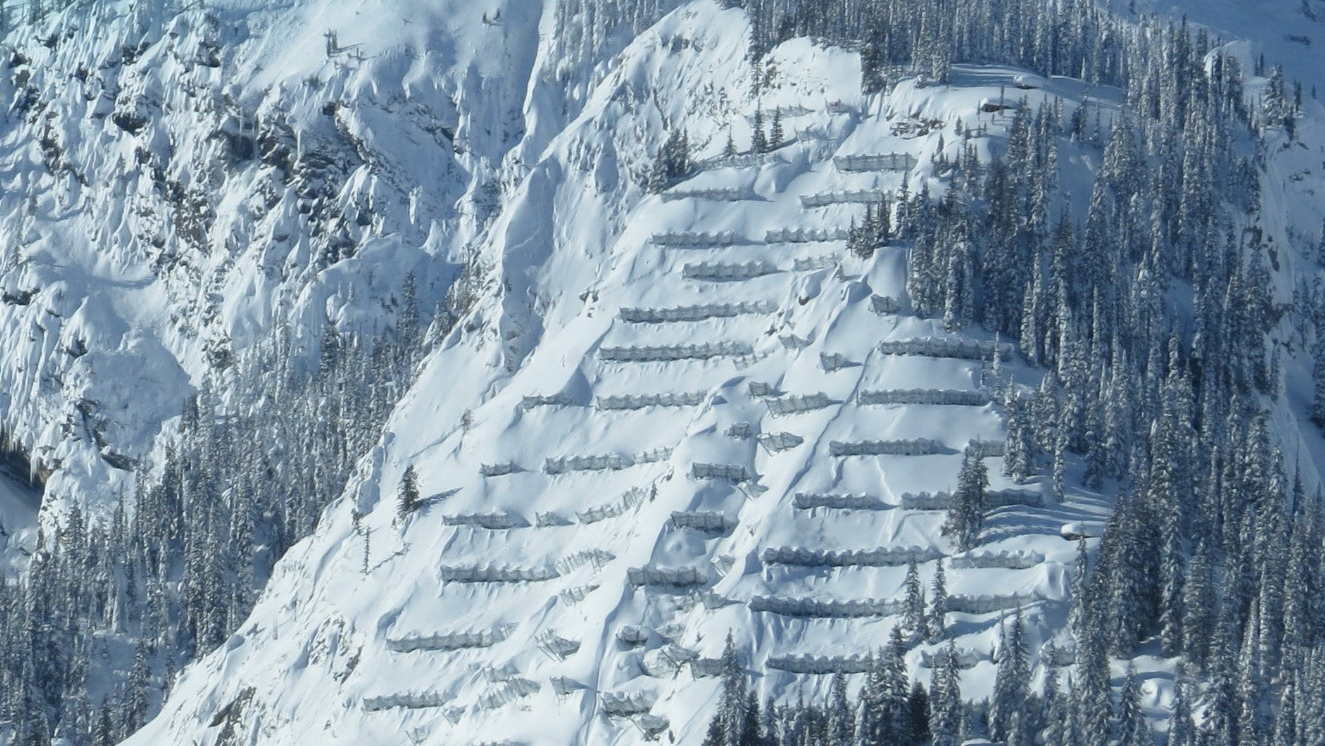



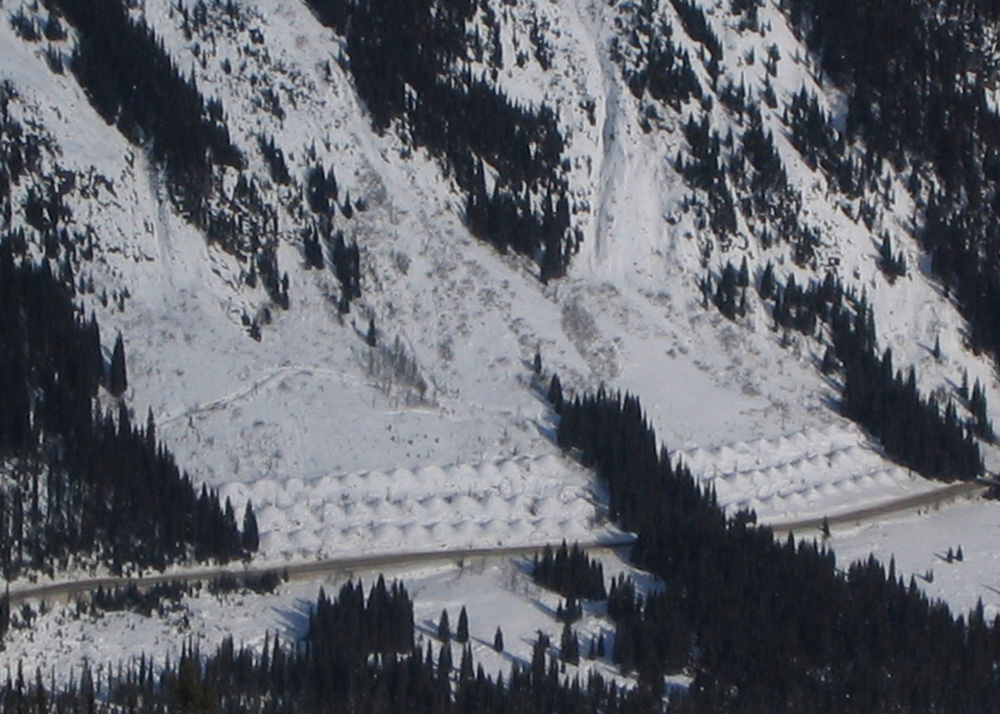
In addition to these significant structural engineering achievements for avalanche mitigation, we have overseen the design and installation of 50% of the Remote Avalanche Control (RACS) projects in Canada in the past 10 years (24 separate systems), extensive berm and conceptual snowshed designs, and numerous stopping wall and catchment ditch designs.

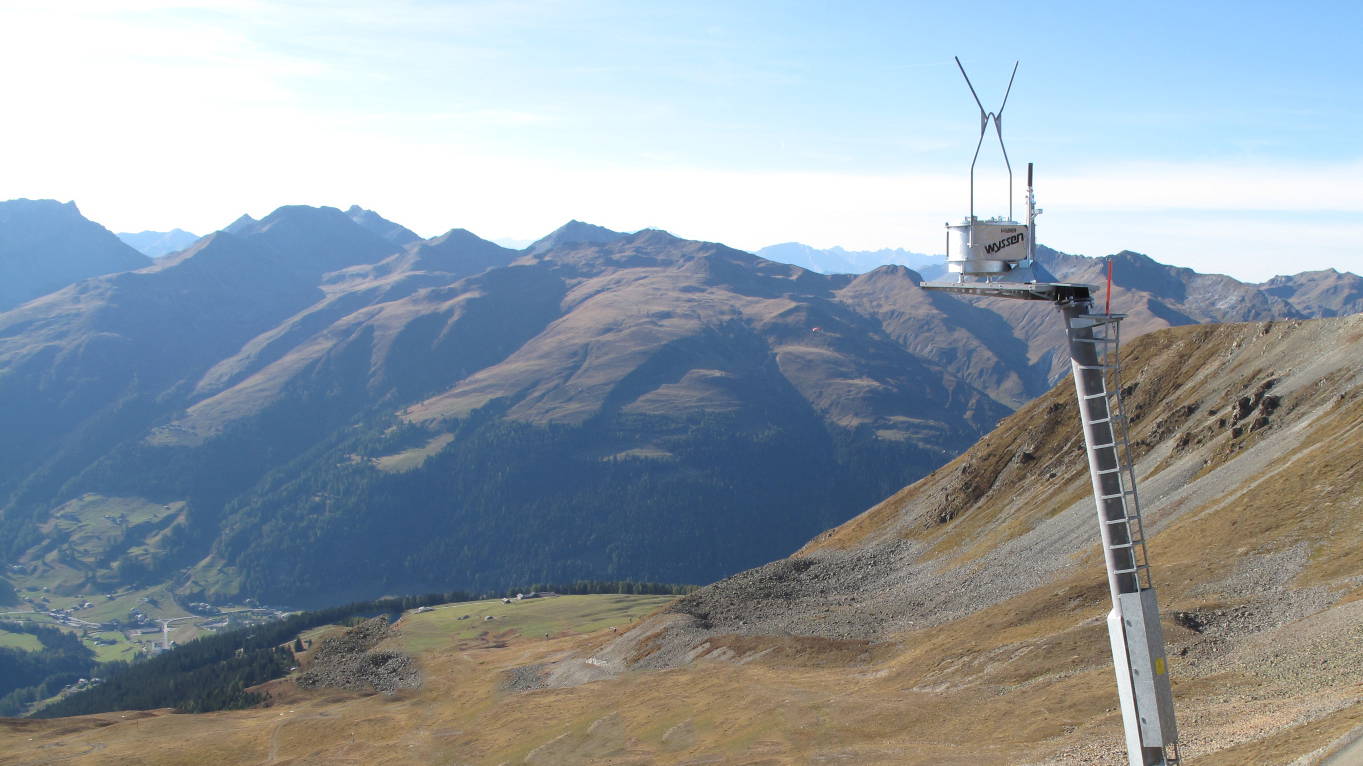
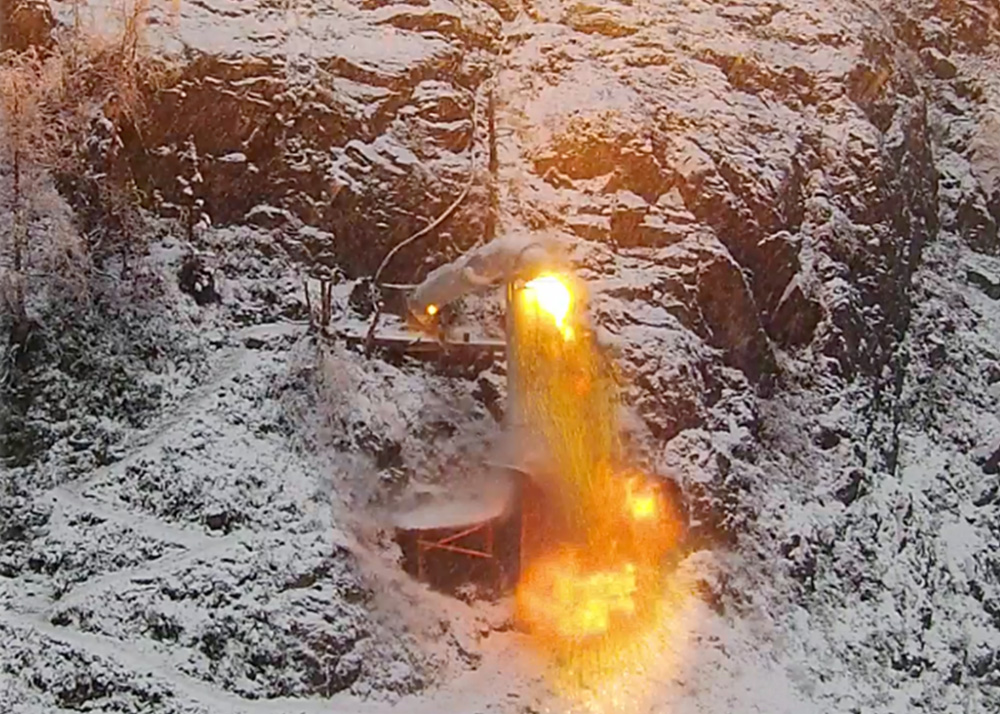
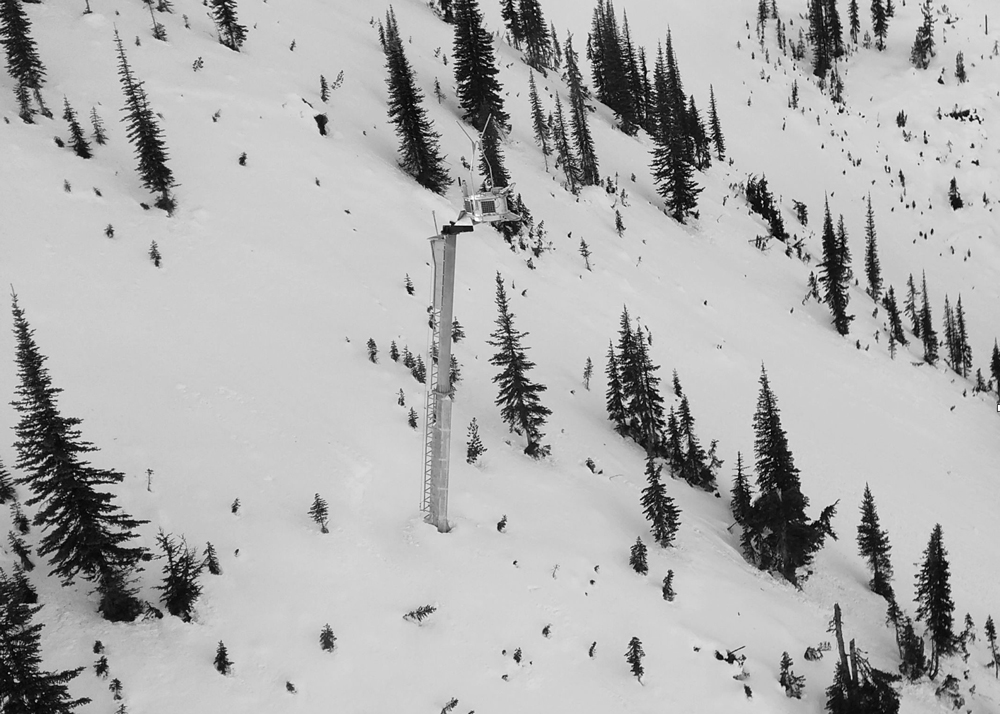
Each Avalanche Protection Structure design will be unique to the climate and terrain. Start here to evaluate your avalanche hazard mitigation project.






